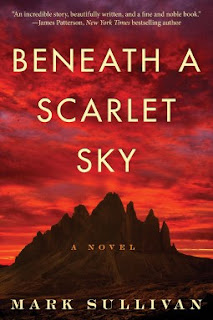There has been a huge shift in the world recently: women and
girls are taking centre stage, their voices are being heard, their talents,
strengths, and abilities recognised. Books, movies, and television are featuring
strong female characters, such as Katniss from The Hunger Games, Diana Prince from Wonder Woman, and Daenerys Targaryen from Game of Thrones.
The heroine
in Tyrell Johnson's The Wolves of Winter
is no different. Gwendolynn (Lynn) McBride is a survivalist in a world laid to ruin
from nuclear war and a pandemic flu. Lynn and her family eke out an existence
in the cold and snowy Yukon, away from what's left of humankind and the
clutches of disease. Lynn spends her days skillfully hunting with a bow and
arrow, trapping animals, and remembering what life was like before.
She is not afraid to speak her mind, or fight for what she feels is right. In
my mind I picture Lynn like Ygritte, the wildling from Game of Thrones (she even has long red hair).
After seven
years in the wilderness, Lynn is surprised to encounter a man named Jax and his
dog, Wolf. She brings them home, never imagining the whirlwind that follows.
Jax seems full of secrets and dangerous talents, and, when more strangers
appear, things quickly spiral out of control. Lynn will find herself
questioning everything and everyone she thought she knew.
This may be
Johnson's first book but I feel he does an amazing job of making you feel like
you can see what Lynn is seeing; the Yukon he describes is beautiful but also
dangerous. Johnson's apocalypse is
believable: you only have to read newspaper headlines to feel afraid this book
could come true. The plot really quickens in pace after Lynn meets Jax. The Wolves of Winter has action scenes,
plot twists, and even some romance. I would not be surprised to see Johnson
write a sequel to continue Lynn's story. Overall, I would give The Wolves of Winter 4 out of 5 stars.







